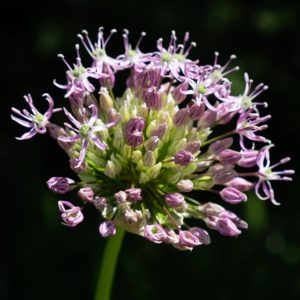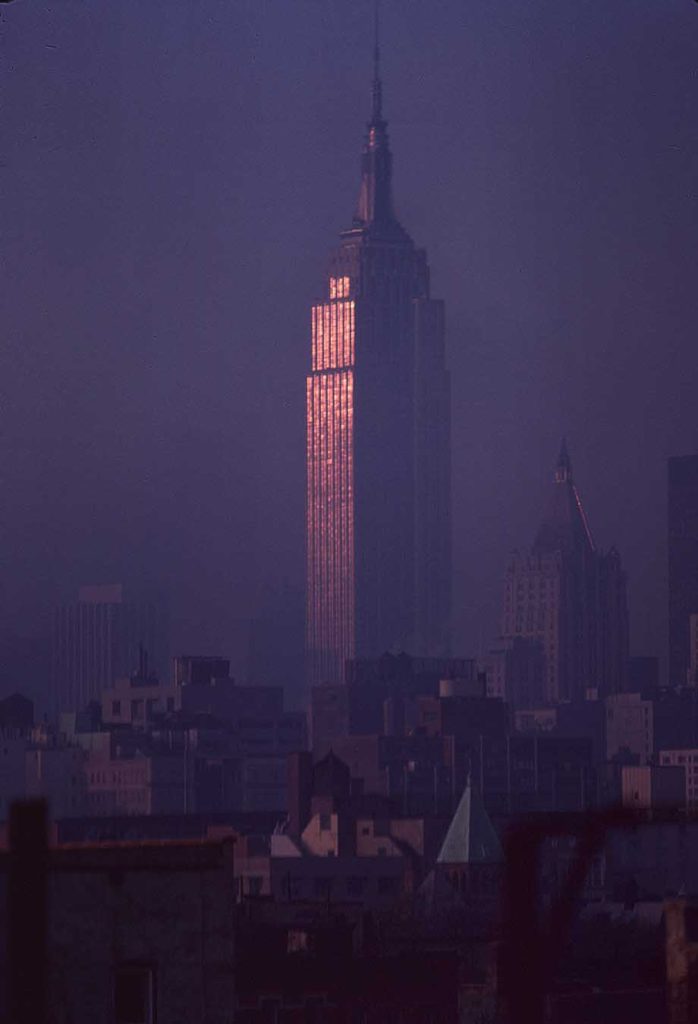Ori Sherman at the Magnes Jewish Museum
In Twilight: Ori Sherman’s Creation 1986 — 1988
Ori Sherman was an artist and illustrator in San Francisco. He left the security of a job creating frames at a high end department store and started lettering and painting Jewish marriage contracts. Later he started to publish children’s books about Jewish holidays and texts. One of the last series he worked on while he was dying of AIDS was a series illustrating the creation as told in the first chapter of Genesis. The paintings were later bought by a collector who eventually donated them to the Magnes Jewish Museum in Berkeley, Ca.
The opening of a show of these paintings was on October 20, 2022. Richard Schwarzenberger, an old friend from our Kansas days, and Ori’s partner, gave a talk about Ori and the making of these images. The paintings were made over two years, 1986-88 and were published with text for children by Robert Alter in 1990. During the creation of these works, Ori was very sick, but whenever he felt well enough to work, he did so, even if it were the middle of the night. I knew Ori through Richard. He was very funny and kind and I have fond memories of hanging out with them both.
The paintings are a visual Torah. The flatness of the perspective and the rich colors hark back to illuminated manuscripts of pervious centuries, but the playful flora, fauna, fantastical beasts, angels and the cosmos give the images a very modern feel.
Ori Sherman was born in Jerusalem, 1934 and died in San Francisco, 1988.
Here is the link to most of the images and their verses in Genesis on my web site. And I hope you enjoy them. Scroll down the page to see the gallery.
California 2022
Ori Sherman at the Magnes Jewish Museum Read More »










 I have note books full of negatives and transparencies in all formats: 35mm and 6×6 in black and white and transparencies, 4x5s, 8x10s. Some are tests when I was trying to build a portfolio and outtakes from jobs. It is all more or less forgettable or embarrassing. But there are many pictures of people and places that ignite memories of lost times and people. The emotions and feelings that have not been visited in a long time can come roaring back.
Memory is weird. Sometimes the memory of a place or person is replaced in the mind by a photograph of that place or person. This is especially true when that person is gone. This place is village in the Alpes Maritime above Antibes and Juan les Pines. My dad lived there in the fall as a refuge from Norway and family drama to write and have the friends he loved visit him. The two things he loved to do was to walk around the port and see the boats and talk to the wharf rats and fisherman and to drive deep into the country-side and get lost on obscure roads. The day this was taken, in late fall, we drove up to one his favorite villages. There was one restaurant, which was closed when we got there. He explained that most people there work for the government maintaning the road that gets one there.
I have very little memory of the town itself, but this photograph is what is burned in my memory and reminds me of the time we spent together as the cancer that was slowly eating away his back the rest of him marched on. This was not the last time we saw each other, but it was the last year that he was able to get around as he wanted.
This image was a 6×6 transparency that I scanned on a flatbed scanner that is probably 20 years old. The blue channel was messed up, but I got something useable out of it. Making it sharp was hard, but after three or four tries I it got to be at least reasonably sharp.
More on scanning to come.
I have note books full of negatives and transparencies in all formats: 35mm and 6×6 in black and white and transparencies, 4x5s, 8x10s. Some are tests when I was trying to build a portfolio and outtakes from jobs. It is all more or less forgettable or embarrassing. But there are many pictures of people and places that ignite memories of lost times and people. The emotions and feelings that have not been visited in a long time can come roaring back.
Memory is weird. Sometimes the memory of a place or person is replaced in the mind by a photograph of that place or person. This is especially true when that person is gone. This place is village in the Alpes Maritime above Antibes and Juan les Pines. My dad lived there in the fall as a refuge from Norway and family drama to write and have the friends he loved visit him. The two things he loved to do was to walk around the port and see the boats and talk to the wharf rats and fisherman and to drive deep into the country-side and get lost on obscure roads. The day this was taken, in late fall, we drove up to one his favorite villages. There was one restaurant, which was closed when we got there. He explained that most people there work for the government maintaning the road that gets one there.
I have very little memory of the town itself, but this photograph is what is burned in my memory and reminds me of the time we spent together as the cancer that was slowly eating away his back the rest of him marched on. This was not the last time we saw each other, but it was the last year that he was able to get around as he wanted.
This image was a 6×6 transparency that I scanned on a flatbed scanner that is probably 20 years old. The blue channel was messed up, but I got something useable out of it. Making it sharp was hard, but after three or four tries I it got to be at least reasonably sharp.
More on scanning to come. 



